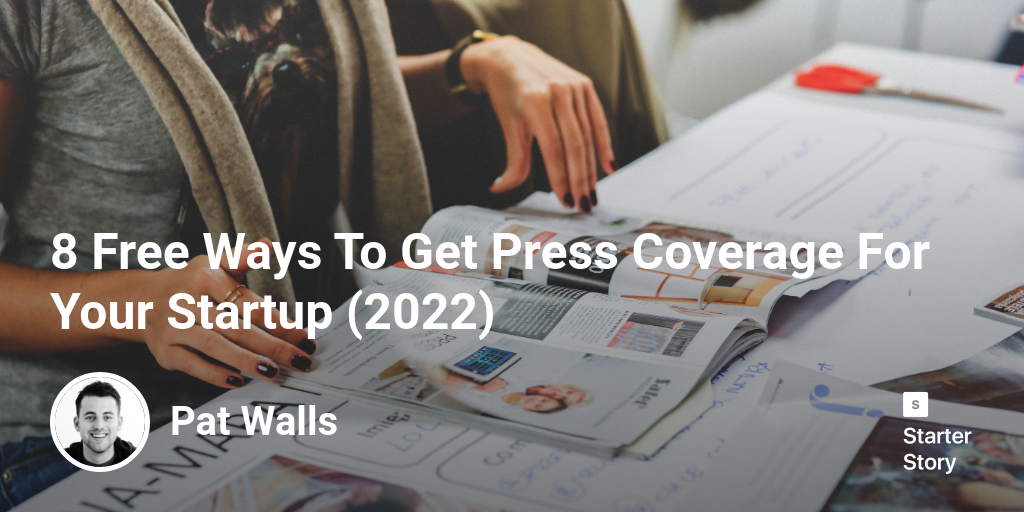8 Free Ways To Get Press Coverage For Your Startup (2025)

The more buzz around your brand - the more the phones ring, the more traffic to your website, and the more customers as a result.
I think we can all agree that press amplifies sales.
As a small business, you may be thinking this is a non-starter:
- How do I budget for this?
- Is my business newsworthy?
- How do I get press for my business?
In this guide, we'll discuss various creative (and proven) ways your business can generate press without breaking the bank.

Download the report and join our email newsletter packed with business ideas and money-making opportunities, backed by real-life case studies.

Download the report and join our email newsletter packed with business ideas and money-making opportunities, backed by real-life case studies.

Download the report and join our email newsletter packed with business ideas and money-making opportunities, backed by real-life case studies.

Download the report and join our email newsletter packed with business ideas and money-making opportunities, backed by real-life case studies.

Download the report and join our email newsletter packed with business ideas and money-making opportunities, backed by real-life case studies.

Download the report and join our email newsletter packed with business ideas and money-making opportunities, backed by real-life case studies.

Download the report and join our email newsletter packed with business ideas and money-making opportunities, backed by real-life case studies.

Download the report and join our email newsletter packed with business ideas and money-making opportunities, backed by real-life case studies.








